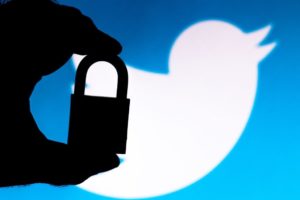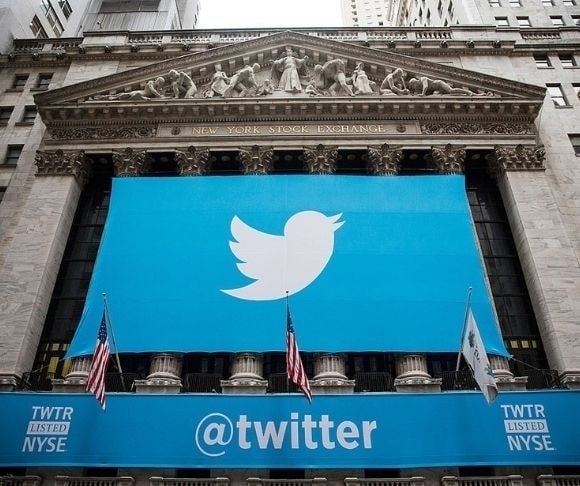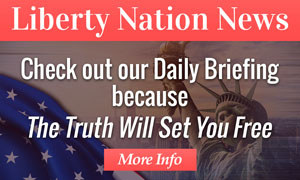Less than 48 hours after Jack Dorsey announced he was stepping down as CEO of Twitter, the social media conglomerate posted new privacy rules that have users befuddled over what the future of the platform will look like. A pre-existing “private information” policy was expanded Nov. 30 to include the prohibition of “private media and information” of private persons. Before the adjustment, Twitter users were just banned from sharing other peoples’ sensitive information such as phone numbers, email addresses, personal documents, and home addresses.

(Photo Illustration by Rafael Henrique/SOPA Images/LightRocket via Getty Images)
According to the San Francisco-based company, “sharing personal media, such as images or videos, can potentially violate a person’s privacy, and may lead to emotional or physical harm … The misuse of private media can affect everyone, but can have a disproportionate effect on women, activists, dissidents, and members of minority communities.”
The rule change does not apply to tweets that are “in the public interest or add value to public discourse.” Any media of “public figures” is also allowed.
Twitter officials will be dictating what exactly contributes to the public interest or discourse, as well as who is considered a public figure, and this only makes the potential for confusion worse. For example, in the recent case of Kyle Rittenhouse, photos and videos shared of him without his consent may or may not be permissible depending on whether Twitter believes he is a public figure or if the posts contribute to public dialogue.
https://twitter.com/TwitterSafety/status/1465738078220288000?s=20
Ambiguity Draws Criticism
Following the update and tweets from @TwitterSafety, users and journalists flooded social media with confusion, questions, and outrage. Matthew Tyrmand of Project Veritas shared his thoughts on Twitter, interpreting the announcement as the removal of “the purest form of journalism … by a self-anointed digital ministry of truth.”
So @Twitter is now saying: the purest form of journalism- the investigative format where veracity is unimpeachable as the information exposed comes straight from the subjects themselves- will be removed on an ad hoc basis by a self anointed digital ministry of truth. How quaint🤦♂️ https://t.co/1mHnIuPrye
— Matthew Tyrmand (@MatthewTyrmand) November 30, 2021
Some users are concerned this could have devastating effects on investigative journalism and accountability. Others really just don’t understand what it means. If you post a photo on Twitter and someone else is in the background, will it be removed? Will memes no longer be a staple of Twitter? In a series of tweets, the company attempted to clear up the confusion over what is allowed and what isn’t, but it seems only the future will tell how this pans out.
https://twitter.com/russish/status/1465777008537837570?s=20
Twitter did clarify that an individual whose private information or photo/video is shared without their consent will need to report the post for action to be considered. How aggressively Twitter polices the policy will be intriguing to observe. However, whether this makes massive changes to what people can post, share, or say on the platform or not, it indicates the company is inching toward more censorship, power, and control over expression on the platform. The opaqueness of the new rules is not by mistake. It appears to be a sort of security blanket that will allow more wiggle room to dictate what can be shared or posted based on personal judgment.
Different Rules for Media
In the rule adjustment, the media – another term to be determined by the powers that be at Twitter – are allowed to post photos, videos, or private information that is publicly available or “being covered by the mainstream media.” Eyewitness accounts of on-the-ground events are also not in violation of the policy. For small investigative groups that share stories outside the coverage of the mainstream media – like Project Veritas – it’s unclear how the policy will apply.
~Read more from Keelin Ferris.




